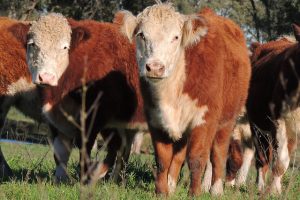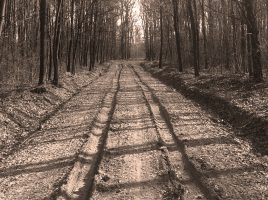By Connie Douglas – Chilliwack, B.C.
Growing up on a farm near Consort in east-central Alberta, spring was always a long awaited event. I remember a special day when dad asked, “would you like to ride out with me to look at the new calves?”
I ran to bridle Sheila, my little grey mustang pony, to join dad already astride Smokey for the short ride to the pasture. Crocuses were beginning to bloom on the hillsides, announcing: “We’re here! It’s spring!”
April ushered in the first sign of spring when the ice began to recede from the edges of the sloughs. They began to fill up with snow water. Soon, there were just a few patches of grimy snowdrifts clinging to the north side of the hills. Being eight years old in 1934, I was delighted to be riding with dad and racing him through the mud puddles.
Dad dug out a well-worn piece of cardboard from his jacket pocket. Written on it were the descriptive names of about 150 cows that expected to have calves in April and early May. He knew them all, though not with names like Mary, Frances, or Annie – but by their unique markings. There was white front left leg, four white socks, right front white leg, etc.
He checked each one off as we rode around and around them while they nibbled the first green grass of the season. “White Socks, has a big calf this year, doesn’t she? There are a lot of them not here. They must be over the hill by the willows.”
Navigated by stars
Alkali sloughs were quite common during those dry years of the 1930s. You could easily spot one by the white ring around it. The dryer the year, the further the water receded and the white area increased, often covering the whole slough or former lake.
Each spring, my sister Doris and I checked out the eagle’s nest. A pair of bald eagles made their nest on our CPR quarter section for years. Dad often said, “Don’t go too close or they might not come back.” They had a wing-spread of over six-feet and claws so strong they could pick up a lamb or a rabbit and carry it to their nest without apparent effort.
While riding horseback alongside dad, he taught me that the moon and stars were our road map. The North Star was our principal guide at night. He pointed out the Big Dipper, the Little Dipper, Orion’s Belt, and many more stars of interest. We had to navigate on the vast, open prairie the same as on the ocean, as it was just as easy to get lost.



